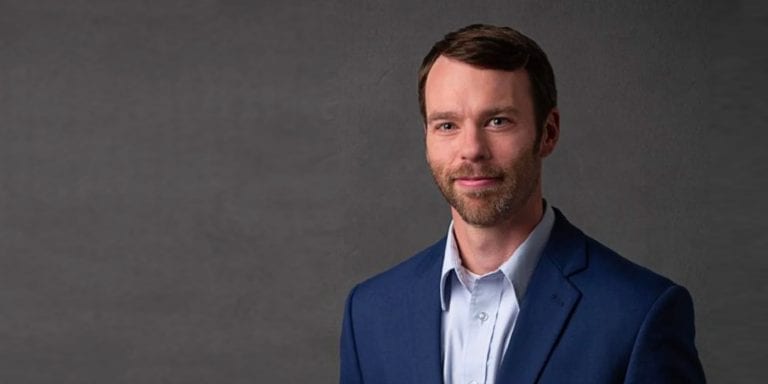The construction industry is booming right alongside the job market.
Things are busy, you can’t get dependable workers fast enough, and onboarding and training feel like luxuries you don’t have time for. But in construction, safety is everything – it impacts the bottomline, your reputation and of course – the well being of your team.
We’ve found that our clients, who are largely in industries that operate hands-on, gritty businesses, are committed to keeping up with safety on the job site. Here are three ways to keep your construction business safe in the field.
Start Before the Offer Letter
Creating a safe and trusting work environment starts before the candidate is even hired. To get ahead of the game, make sure you’re attracting and hiring the right people. There are lots of philosophies on how to recruit, but we’ve found that posting jobs to the right places and efficiently evaluating candidates, combined with a smart construction HR software with Applicant Tracking System (ATS), leads to the best hires, which means they’re qualified, trained and dependable.
{{cta(‘5ddd6fa6-2955-4c97-8e1c-d6c791d72022’)}}
Post to the Right Places
The best hires are ones who rise to the top of a big heap of qualified candidates. The trick is getting that big heap of qualified candidates. You’ve got to pull in enough applicants to have a good pool, but if you’re not posting where the job seekers and persuadables are, your options will be limited. Make sure you’re posting efficiently with a one-click distribution function to:
- Major job sites, including ZipRecruiter and Indeed
- Niche or industry job sites, like Mechanical Electrical Engineering Jobs, AGC of America and RoadDogJobs.com
- Social media; your ATS’s one-click job post distribution should include social media, where not only job seekers will find you, but also passive candidates
Drug Screens
Drug screening new hires and current employees ensures they are aware of the company’s position on drug use at work. Every HR professional knows drug policies are getting more complicated, so it’s critical you have an up-front and clear policy about expectations to make sure your job sites remain at peak safety performance.
Read: How to Handle Marijuana in the Workplace and Managing the Opioid Crisis in Construction
Implementing drug screenings can reduce the risk of hiring unsafe or dangerous employees, as well as keep your work environment safe. Without them, long-term employees who see problems going unaddressed may no longer feel safe or satisfied with the work site.
Stay Up to Date on Training
An untrained workforce is a disaster waiting to happen. Whether you prefer to hire people who are already trained and certified, or you offer it as a job perk to get people in the door, one-time training isn’t enough for the long haul. When you’ve got a team in the field, you’ve got to keep them well trained, which can mean learning new things or reiterating best practices.
Make It Part of Onboarding
Onboarding is the process of welcoming new hires into the fold. For construction, this should absolutely include a refresher on safety protocols, and more if the new hire isn’t certified or is new to the field. Best practices for onboarding include a program that goes from prior to Day 1 through 12 months. Need to jump start your onboarding strategy? We’ve got a checklist for that.
Make OSHA Training a Snap
Your construction business probably has a Learning Management System (LMS) in place, whether it’s a pen-and-paper checklist or an easy-to-use software that tracks everyone and everything. OSHA, the federal government’s work safety oversight body, offers classes and trainings. In fact, our LMS offers OSHA courses through our construction HR software, which makes staying up to date and in compliance pretty simple for our customers.
Encourage Communication
Working on a job site can sometimes feel removed from administration and the higher-ups, but a top-tier business is going to make sure every employee has a voice. When it comes to safety, every employee needs to feel empowered to speak up against bad practices or safety concerns. In some industries, whistleblower laws protect employees who bring concerns to the forefront. This is an important idea to embrace within your team; when an individual feels comfortable approaching a leader with a problem, your entire workforce and company culture is better off.
Our construction customers have unique needs, and our software is specially designed to meet them. If your hardhat-wearing, sweat-equity business needs to get smart with its HR strategy, give our easy-to-use software a try with a free demo.




